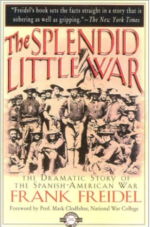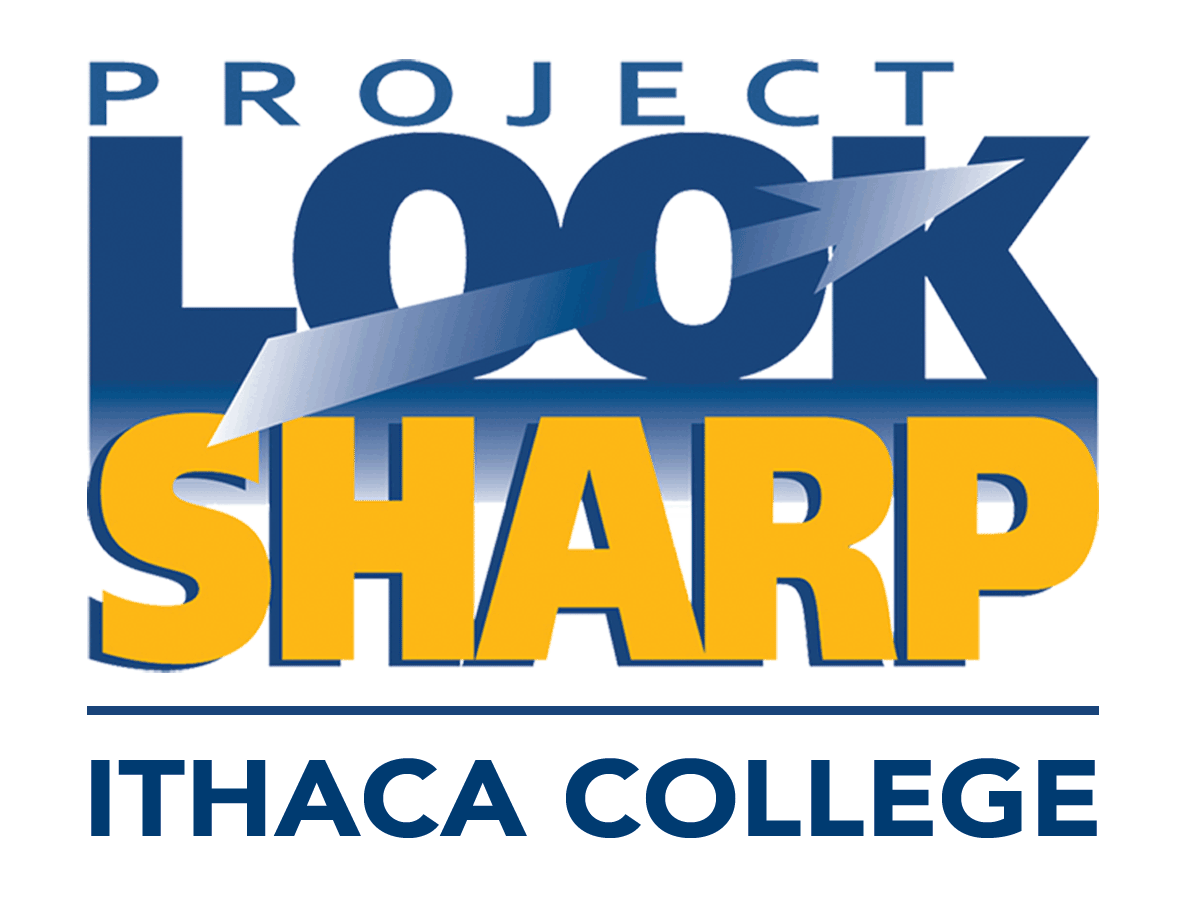5 Tips for Teaching Critical Thinking About Challenging Topics

There is an important connection between challenging topics and the development of critical thinking, and too often, that connection isn’t being made in the classroom.
This previous blog post shared data that showed that a majority of today’s teachers feel under-supported to discuss challenging topics in the classroom, which is deeply concerning when we are starting a new school year after a summer that included Charlottesville, hurricane devastation, and tensions with North Korea.
At the same time, teachers are also missing out on high-leverage opportunities to help our students develop and hone their critical thinking skills.
I’m Sox Sperry, Project Look Sharp’s Curriculum Developer, and today, I’ll share 5 tips that teachers can use to turn “hot-button” topics into opportunties to teach critical thinking.

First, I can offer my own story about being in a U.S. History class in the mid 1960s, when we read a book entitled “The Splendid Little War” — about the Spanish-American War, which was the first major imperial thrust beyond the borders of the continental U.S. at the end of the 19th century.
My memory of that class today is mostly one of trying to remember dates and names from the teacher’s lectures so I could do well on the test.
Today, as I look back on this experience from the other side of a teacher’s desk, I recognize a missed opportunity to delve into material and reflect on questions that would have had genuine importance in the lives of students in the 1960s.
Unfortunately, critical thinking was not practiced in my classroom during that semester; and as I wonder why my teacher didn’t embrace that opportunity, these questions come to mind:
- Did my teacher feel pressure to teach to the ever-present tests?
- Did he think that eighth graders couldn’t handle these kinds of conversations?
- Was he afraid that the discussion might spin out of control in the classroom, or later with parents, if we started connecting that war (which extended into the Philippines) with a new U.S. war in Southeast Asia?
- Did he never consider open-ended questions — designed to elicit discerning answers and questions about crucial topics — because his own teacher education did not teach him the art of using inquiry to develop students’ critical thinking skills?
Today, teachers often cite similar issues as reasons why they might avoid classroom dialogue about challenging topics.
- Can a war be “splendid”?
- Can a war be “little”?
- Why would men in power refer to an event that shaped and ended so many lives in such a light-hearted manner?
- Is the war in Vietnam (then beginning to swell with U.S. troops who were just five years our senior) a “splendid little war” too?
- What impacts of war were portrayed in the book? In what ways will we and our families and communities-and the families of Vietnamese children-be impacted by the current war unfolding across the ocean?
These teaching approaches are especially relevant today, when students are immersed in a sea of conflicting and potentially incendiary media messages. Teachers and students need to learn independently and interdependently how to develop habits of analyzing and assessing media with discernment.
Newsweek, in its article, How to Train America’s Brains Against Weaponized fake News, said “The best defense against sly prevaricators, the most reliable one, is for every one of us to learn how to become critical thinkers.”
This crucial 21st century skill is now mandated in the Common Core ELA Standards and the C3 Framework for Social Studies.
Five tips for teaching critical thinking about today’s media:
-
Use more distant historical events (which most likely are less charged with emotion for today’s students) to build their skills of self-reflection, dialogue, and media decoding. For example, the “Media Construction of Peace” collection includes these media codes: newspaper headlines, editorial cartoons and anti-imperialist pamphlets from the time of the Philippine-American War. Once students have learned the foundations of this pedagogical approach, teachers can choose to use more recent media documents from this collection — magazine covers and songs from the Vietnam War, or blog posts and video clips from the Iraq War — to help students connect distant history to the recent events. New Project Look Sharp activities, which feature campaign ads from the Clinton and Trump campaigns on the topic of national security, bring discussions about historical contexts of war and peace into the present, polarized moment.
-
Beyond asking incisive questions, educators must help our students develop their own skills of questioning and discernment, so that their critical thinking becomes “self-directed, self-disciplined, self-monitored, and self-corrective.” When we are able to relate historical events to students’ hopes, dreams and challenges, we can better provide them opportunities to collaborate and solve problems — a competency articulated in the Common Core and C3 standards.
-
Use a proven framework for facilitating deep learning around hot-button issues in the classroom. The highly structured nature of Project Look Sharp‘s constructivist media decoding approach helps teachers provide a safe container for classroom engagement with challenging topics.
- Too busy to develop your own media literacy lessons that align to mandated standards? Explore our searchable database to find full lessons that support your core content and address Common Core ELA, C3 Social Studies and Next Generation Science standards. Not ready for full lessons? These same materials are designed so that they can be used flexibly. The lesson structure also enables teachers to select individual media documents and strategies of questioning that meet their teaching objectives.
- Target your next professional development trainings to develop your skill to support students’ critical thinking about media and challenging topics. Look Sharp‘s PD utilizes an inquiry-based pedagogy that is integrated across the curriculum, so instead of being yet another demand on teachers, our approach supports your current learning objectives. We also offer a wide variety of in-person and online trainings and a huge library of resources to support you.
